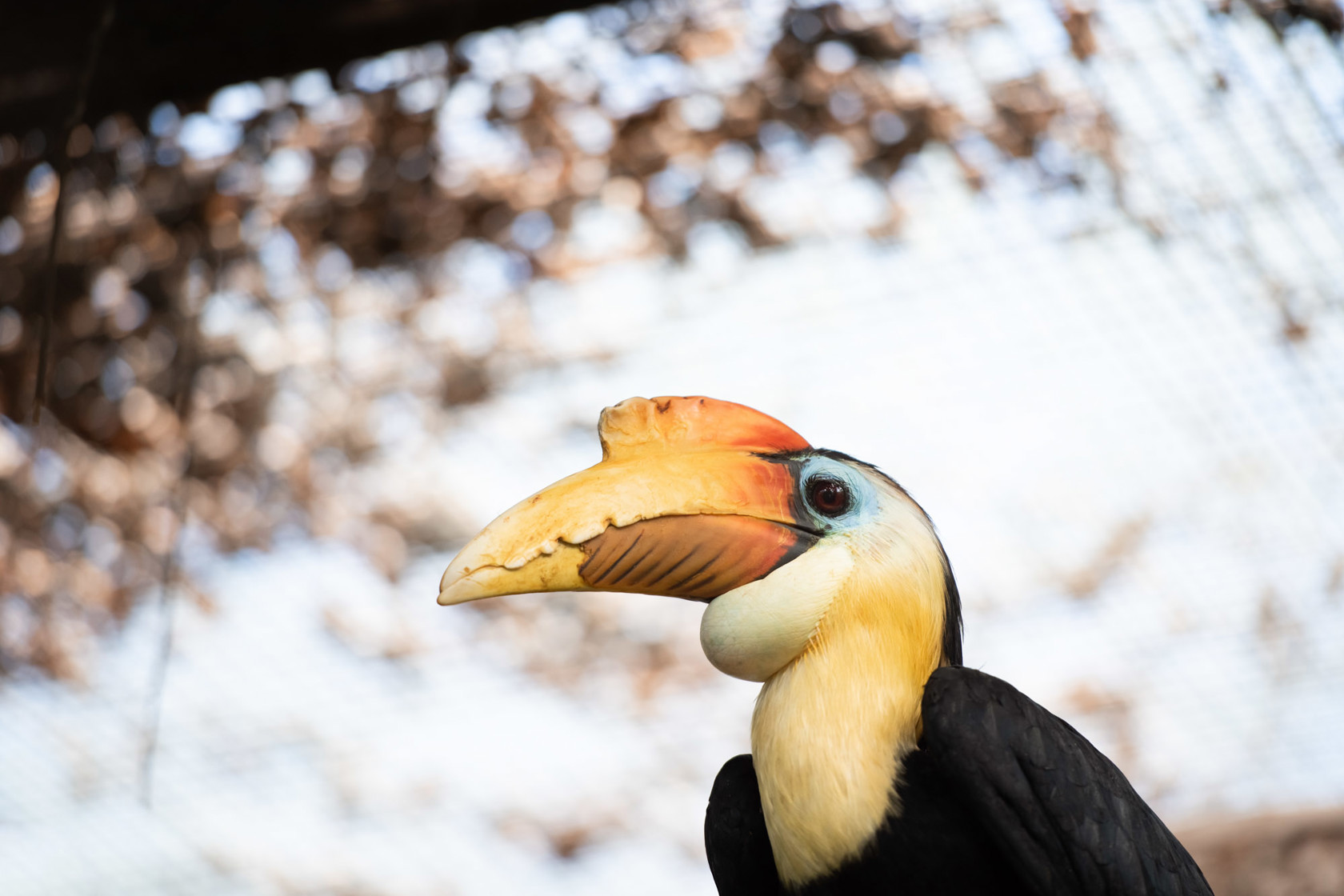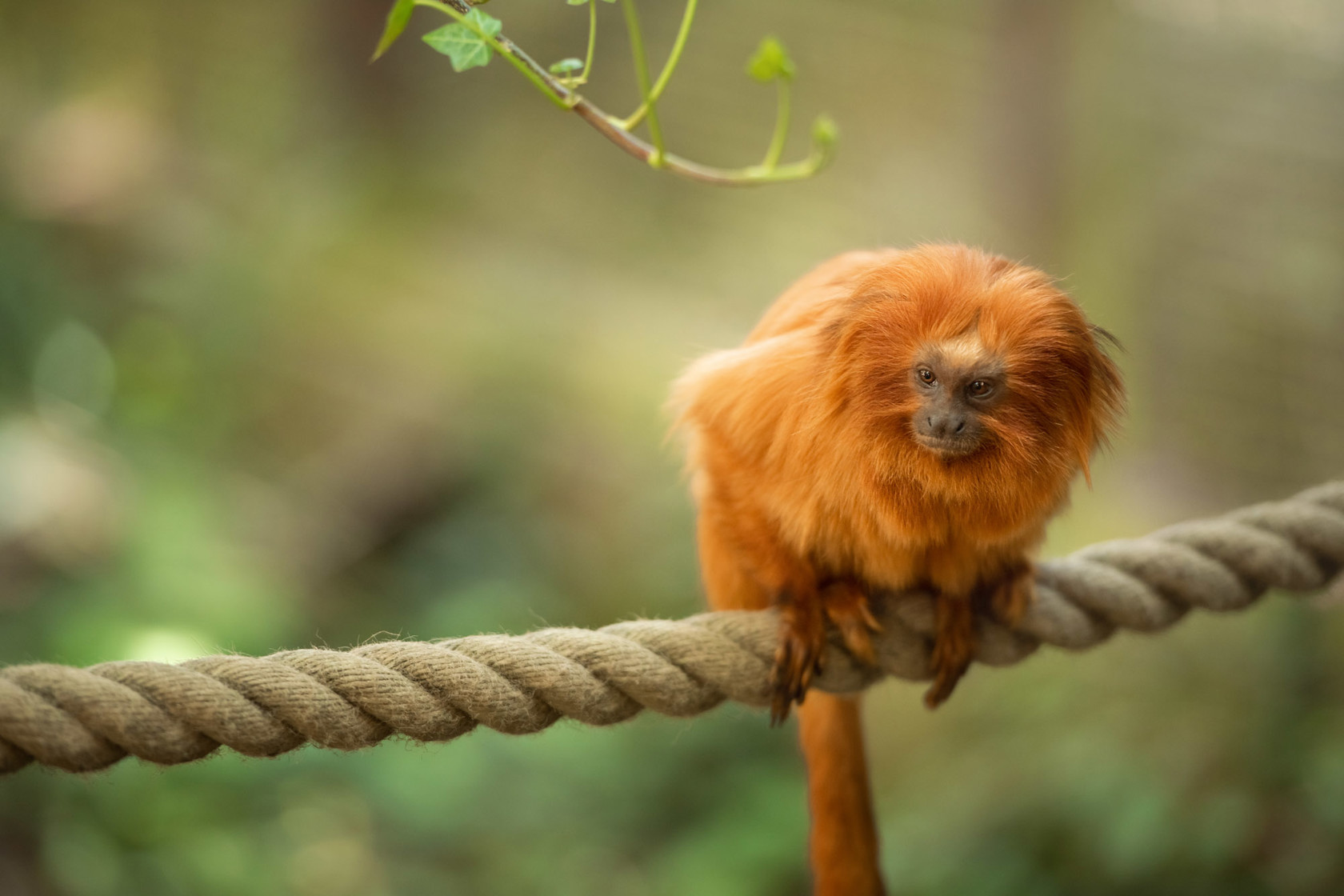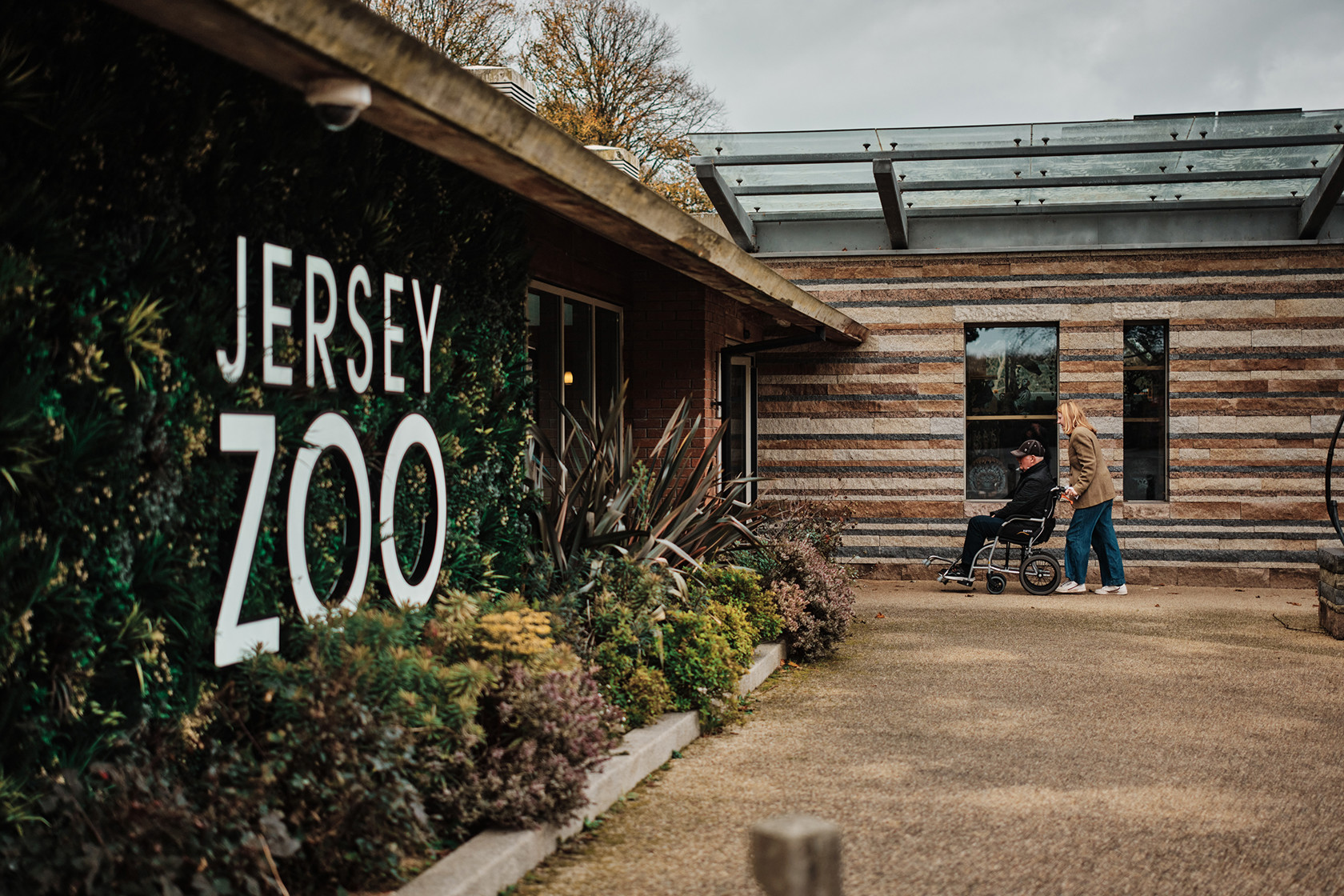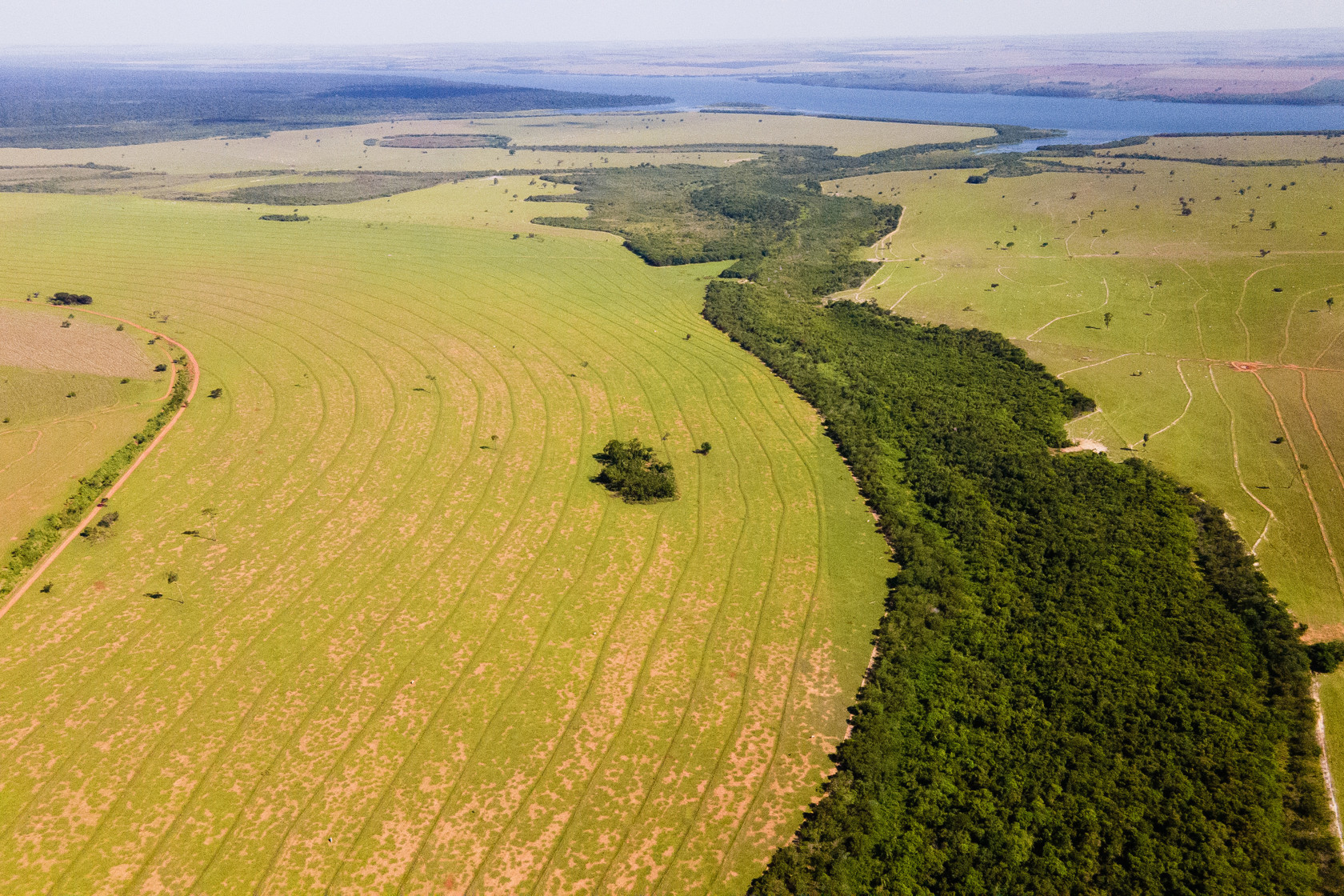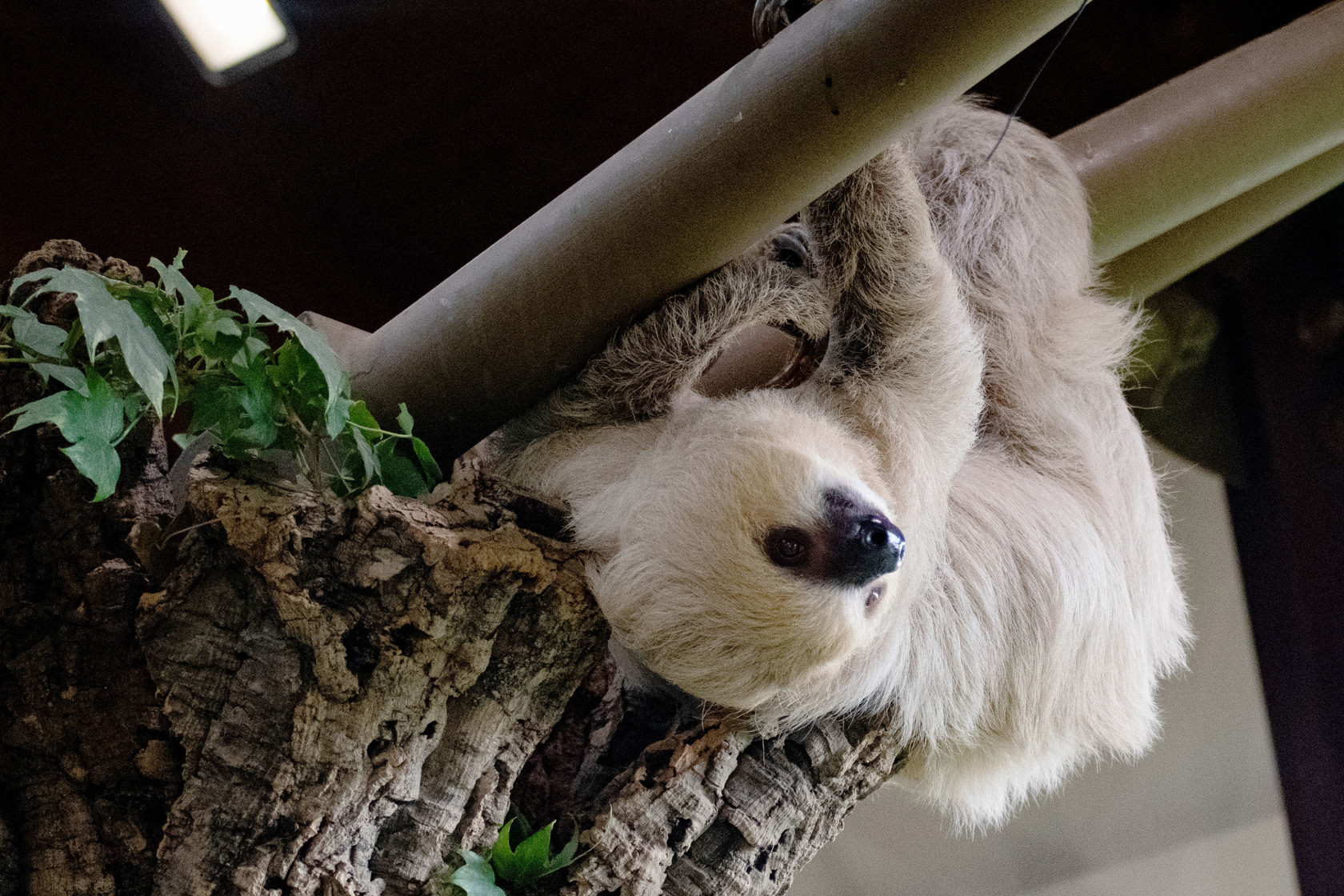Conservation works – why Durrell remains firmly optimistic
Durrell exists to save species from extinction. We work with some of the most threatened species in the most threatened places - species that were once reduced to just a handful of individuals with populations so small that most thought it impossible to save them.
But when others said it can’t be done, we had the belief to say it can. This belief has led to some of the most striking species recoveries in the world. For example, the Mauritius kestrel, pink pigeon, echo parakeet, Rodrigues warbler and Rodrigues fody have all been brought back from the brink of extinction due to dedicated work of Durrell and the Mauritian Wildlife Foundation. Through these case studies, we can build not just our knowledge and experience, but the belief that conservation can and will work and the positivity and optimism needed to take successful conservation to scale.
“To say that you can’t do it is to give up and I don’t think that is what we should be doing. There is a major biodiversity crisis happening in the world and I believe we can do something about it. Even if they are small steps they help. I always tell my students that we are actually climbing a mountain, we can see the summit - we don’t quite know the route up, but if we go one step at a time, you can find the way to achieve your goal” Prof Carl Jones, Durrell Wildlife Conservation Trust.
This optimism isn’t built out of thin air or the stuff of vague hopes; it is built on a strong in-depth knowledge of the species we work with, and evidence of techniques that we know can work. This knowledge is assembled over years of hard work and dedication, working hands on with animals both in captivity and in the wild, building up the techniques and the expert understanding required to breed and manage populations of rare and poorly known species.
Our programmes are intensively monitored and evaluated, enabling us to understand which actions are successful in order to manage them most effectively and to build capacity elsewhere by disseminating this information through our training programmes and to others in our sector. This is where the Durrell Index comes in. Our conservation scientists have developed a set of organisational and species programme-level indicators which track the threats facing our target species, the actions we take and ultimately the difference we make – our impact - the chances of species surviving and recovering. Put simply, the Durrell Index communicates a message of hope in a sector that is too often focussed on doom and gloom - it demonstrates that, given time, conservation works and that Durrell, working alongside our partners, can and does reverse the fortunes of the most critically endangered species on the very brink of extinction.
We need to celebrate these conservation successes that provide us with those ‘yes we can’ moments so as a community we strive even harder. This is why we are partnering with ICCS and ZSL for the first ever Conservation Optimism summit taking place this month (20-22nd April) in London. The summit will see conservationists from around the world gather to discuss how to change the current culture of despair to one of belief and positivity.
Richard Young, Head of Conservation Science at Durrell, said: ‘I have spent the past 10 years working on the science and action to save some of the most threatened species on earth. This might be perceived as an inherently depressing venture but I believe the opposite is the case. We have brought back multiple species from the brink of extinction to much safer numbers, demonstrating that conservation does work.’
But when others said it can’t be done, we had the belief to say it can. This belief has led to some of the most striking species recoveries in the world. For example, the Mauritius kestrel, pink pigeon, echo parakeet, Rodrigues warbler and Rodrigues fody have all been brought back from the brink of extinction due to dedicated work of Durrell and the Mauritian Wildlife Foundation. Through these case studies, we can build not just our knowledge and experience, but the belief that conservation can and will work and the positivity and optimism needed to take successful conservation to scale.
“To say that you can’t do it is to give up and I don’t think that is what we should be doing. There is a major biodiversity crisis happening in the world and I believe we can do something about it. Even if they are small steps they help. I always tell my students that we are actually climbing a mountain, we can see the summit - we don’t quite know the route up, but if we go one step at a time, you can find the way to achieve your goal” Prof Carl Jones, Durrell Wildlife Conservation Trust.
This optimism isn’t built out of thin air or the stuff of vague hopes; it is built on a strong in-depth knowledge of the species we work with, and evidence of techniques that we know can work. This knowledge is assembled over years of hard work and dedication, working hands on with animals both in captivity and in the wild, building up the techniques and the expert understanding required to breed and manage populations of rare and poorly known species.
Our programmes are intensively monitored and evaluated, enabling us to understand which actions are successful in order to manage them most effectively and to build capacity elsewhere by disseminating this information through our training programmes and to others in our sector. This is where the Durrell Index comes in. Our conservation scientists have developed a set of organisational and species programme-level indicators which track the threats facing our target species, the actions we take and ultimately the difference we make – our impact - the chances of species surviving and recovering. Put simply, the Durrell Index communicates a message of hope in a sector that is too often focussed on doom and gloom - it demonstrates that, given time, conservation works and that Durrell, working alongside our partners, can and does reverse the fortunes of the most critically endangered species on the very brink of extinction.
We need to celebrate these conservation successes that provide us with those ‘yes we can’ moments so as a community we strive even harder. This is why we are partnering with ICCS and ZSL for the first ever Conservation Optimism summit taking place this month (20-22nd April) in London. The summit will see conservationists from around the world gather to discuss how to change the current culture of despair to one of belief and positivity.
Richard Young, Head of Conservation Science at Durrell, said: ‘I have spent the past 10 years working on the science and action to save some of the most threatened species on earth. This might be perceived as an inherently depressing venture but I believe the opposite is the case. We have brought back multiple species from the brink of extinction to much safer numbers, demonstrating that conservation does work.’

